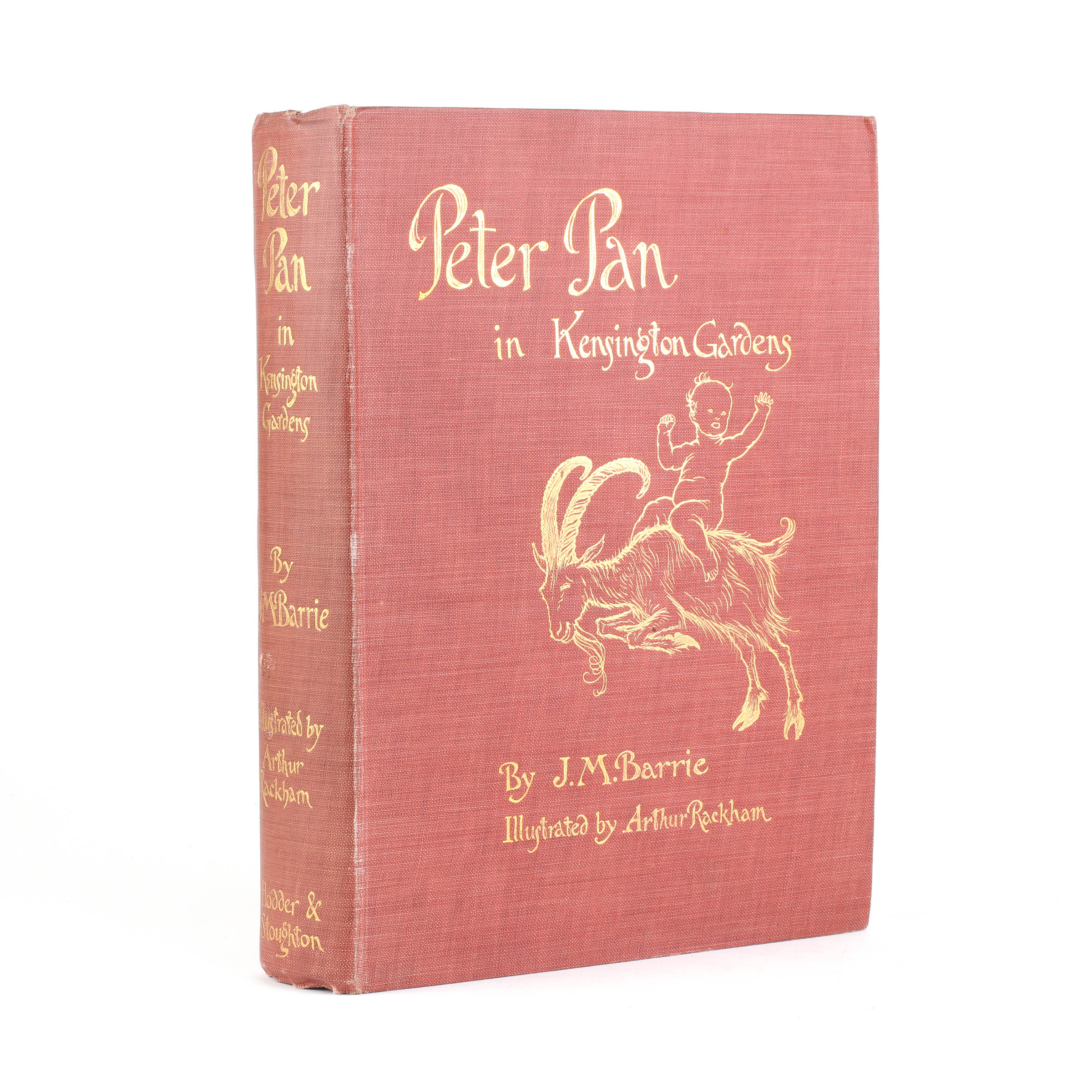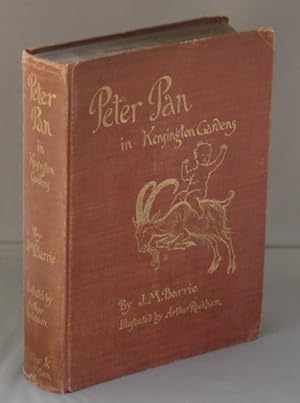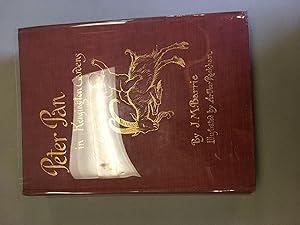

In Peter Pan and the Mind of J M Barrie: An Exploration of Cognition and Consciousness, neuroscientist Dr Rosalind Ridley unpacks the magic and oddity of the tales that have captivated audiences for generations. In 1985 psychologists showed that failure to employ theory of mind is an important symptom of autism, its related condition Asperger’s Syndrome and various other psychiatric conditions. The Peter Pan books were written at the turn of the 20th century and the term ‘theory of mind’ was not used until the late 1970s. In illustrating this fundamental stage of child development through the interaction of two children, one with a solid grasp of other minds and the other without, Barrie was remarkably prescient. The ability to understand that one’s own knowledge, beliefs and feelings might not be the same as someone else’s is one of the keys to understanding the complexity of human relationships – and is something that most children learn at the age of three or four. With this touching little scene, J M Barrie neatly demonstrates that he had observed, and understood, something that psychologists call intentionality – a feature of ‘theory of mind’.


Barrie writes: “… so she showed him, that is to say she wiped her eyes, and then gave it back to him, saying ‘Now you do it,’ but instead of wiping his own eyes he wiped hers, and she thought it would be best to pretend that this is what she had meant”. In Peter Pan in Kensington Gardens, J M Barrie describes a moment when a young girl, seeking to comfort a tearful Peter, gives him her handkerchief.


 0 kommentar(er)
0 kommentar(er)
